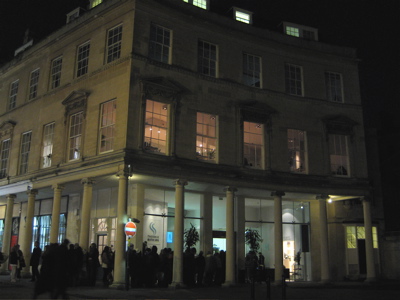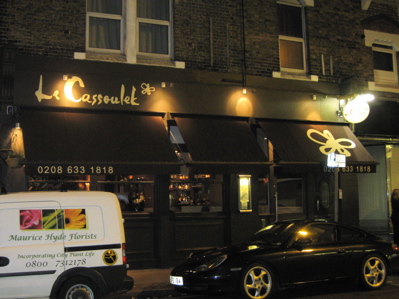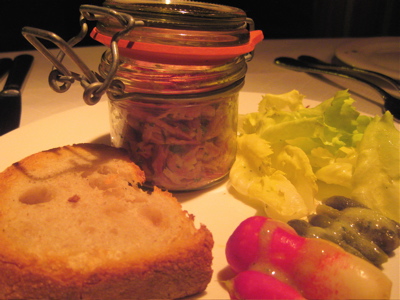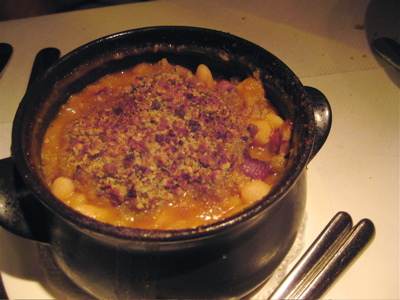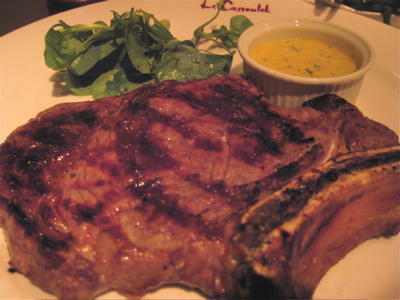Because Jon has spent most of this summer training for his Channel swim (which he and his team completed in 12h 45 mins while also raising £13,000+ for charity – well done, no?), we haven’t taken any holiday yet this summer.
Channel swim over, he and I spent last weekend in the Cotswolds, where we treated ourselves to a stay at Cowley Manor. Longtime followers of this blog (hi, Mom and Dad!) will remember that last spring, Jon and I visited Barnsley House, which is a nearby competitor of Cowley Manor’s. So the title of this post could really be “Face Off: Cowley Manor vs. Barnsley House,” except that I’m not that dramatic.
In case you find yourself in the enviable position of deciding which luxury spa hotel to choose for your next trip to the Cotswolds, here are my thoughts on the two, with the caveat that it’s been over a year since I was at Barnsley House:
Jon and I chose a “good room” for £250/night, which is the cheapest category of rooms at Cowley Manor. In other words, presumably the rooms get only nicer from here.
Our room was large and comfortable, but I was disappointed that the decor wasn’t half as modern chic as that of the rest of the house. The overall effect was still very Dark Wood Paneling, and the bright, stunning bathroom we had at Barnsley House beat that of our Cowley room by a mile. We had a lovely view of the Cowley Manor grounds, though.
Dinner at Cowley Manor Restaurant was disappointing. First, all our dishes were under-seasoned (though happily the restaurant leaves sea salt on every table, so you can DIY season). Second, the poached egg in my starter was cooked for so long that the egg yolk was chalky rather than my beloved runny. Third and least appealingly, roast duck breast was chewy and flavorless, perhaps as a result of its long acquaintance with a heat lamp.
We did, however, love our side order of chips, so next time we’ll probably stick to eating in the casual bar area of the manor. Or we’ll walk the half mile to the nearby pub, the Green Dragon.
The restaurant dining room was attractive and had views of the garden, and gracious, attentive service. But with our two starters, two mains and modest bottle of wine costing £100, I expected much better.
Breakfast is included in the room rate, and Cowley Manor’s spread was generous and good quality. The fruit salad was packed with exotic fruits that tasted as good as they looked, and the croissants were ultra-flaky and buttery. Hot dishes could be custom ordered, and I couldn’t resist the siren call of eggs benedict with smoked salmon instead of ham. The egg yolks turned out soft boiled rather than runny, but the zippy hollandaise redeemed everything. Overall, a better breakfast than at Barnsley House, which charged extra for hot dishes despite room rates being higher than those at Cowley.
For £45, the kitchen will prepare a wicker picnic hamper for two and set up lunch anywhere on the manor’s gorgeous grounds. Doing this was a lot of fun, and there was enough food for four in our hamper, so next time we’ll bring friends. What the above photo fails to capture are the cheeses, lemon drizzle cake and berries that were also part of our hamper.
And here’s where Cowley Manor really shines and surpasses Barnsley House: the spa. Cowley, being a bigger place than Barnsley House, has a beautiful, large spa discreetly tucked away behind the main building. There’s an indoor and outdoor pool, and even at busy times of day (i.e., a weekend afternoon), the atmosphere is relaxing.
Jon and I treated ourselves to lengthy and excellent spa treatments and then whiled away a few hours poolside. The spa staff, like everyone else we encountered at Cowley Manor, were friendly and attentive.
Overall, Barnsley House’s food, privacy and guest rooms were more appealing than those of Cowley Manor, but Cowley Manor’s spa facilities, first-rate staff and impressive-and-beautiful gardens leave me wanting to return to Cowley Manor before I’d go back to Barnsley House.
Which means this is the first time I’m choosing a getaway spot based on criteria other than food. If CM’s restaurant improved a bit, the place would be perfect.
A “good room” (the least expensive category) at Cowley Manor was £250/night, which includes breakfast.
Cowley Manor, Cowley, Gloucestershire, GL53 9NL; (0)1242 870 900; reachable via First Great Western train from Paddington Station to Kemble Station (1.5 hours or less depending on whether you have to switch in Swindon). Then a 30-minute taxi ride costing £28 – £35 each way.
- If you enjoyed this post, you might also enjoy reading about my stay at Barnsley House (March 2009)


































